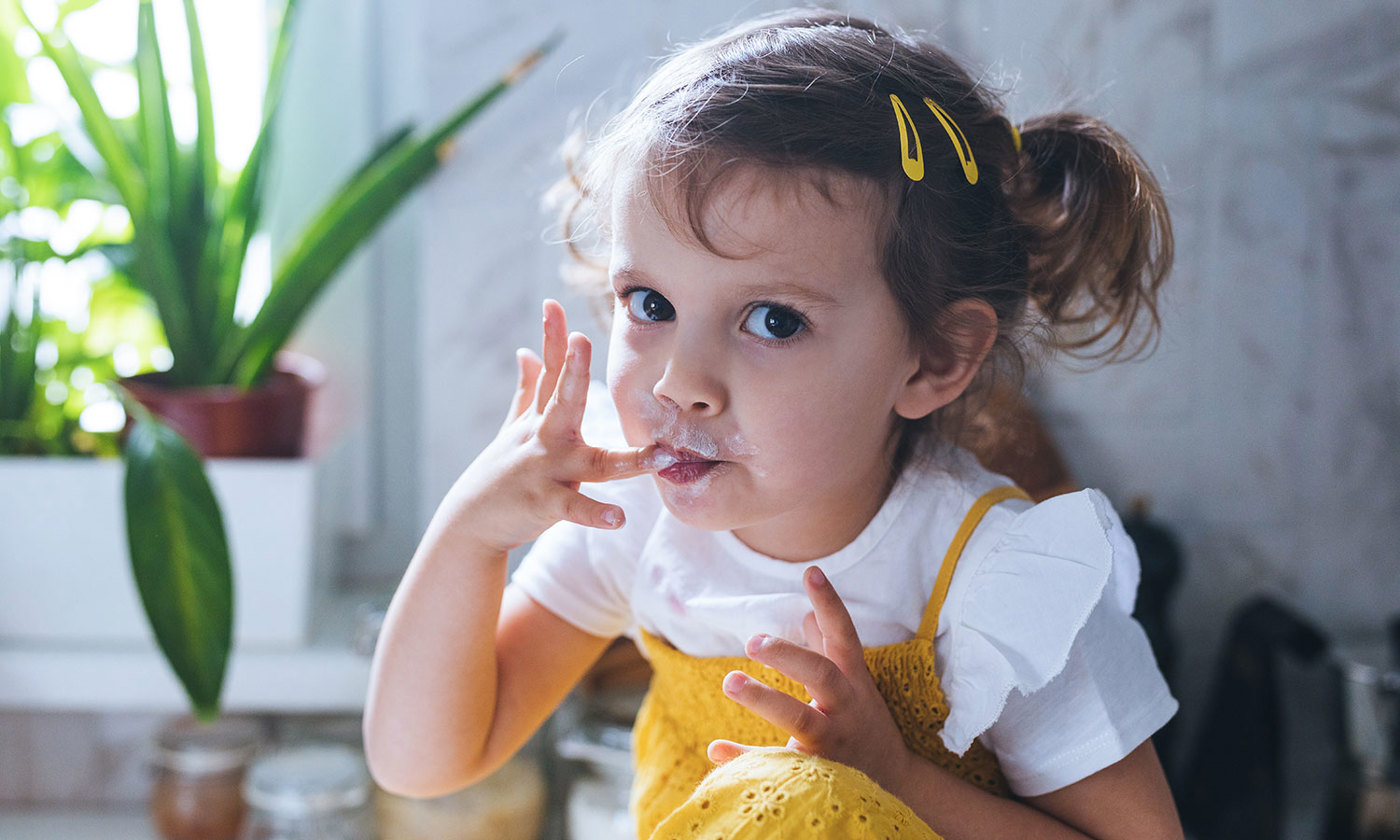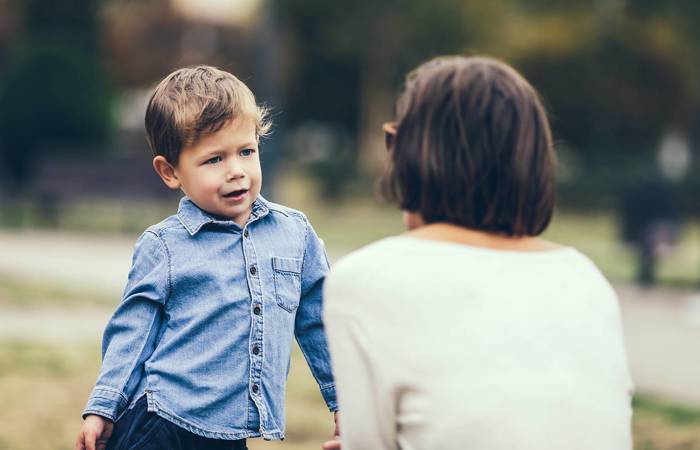Like what you see?
Sign up to receive more free parenting advice.
Thank you for subscribing to our newsletter!
Child Development

Credit: iStock.com/FreshSplash
Imagine this.
Fifteen three-year-old children are playing in their early learning centre's outdoor play area.
There is a running race, block towers reaching the sky, sand becoming castles, ball games and dolls going for a walk in their prams.
All children are engaged and are happy. Toys are being treated with respect. While the yard is very busy there is a sense of calmness and purpose.
The question on every parent’s mind is… how do educators do it?
Susan Burt-Price, National Lead for Birth to 3, Pedagogy and Practice team at Goodstart Early Learning explains that to help understand why your child’s patterns of behaviour may appear different in an early learning centre than at home, it is important to realise that home and early learning centres are very different environments. Central to an Early Learning Centre’s approach is the promotion of consistency in daily routines and expectations which are led by young children’s needs. Such consistency supports and encourages positive behaviour.
Consistency in expectations and routines give a child a sense of what is happening next and what is expected of them. Routines are so important as they support children to feel safe and secure in an organised and predictable environment which ensures children feel a sense of belonging.
Some top tips to help you guide your child’s behaviour at home:
1. Promoting Independence
Susan describes how young children are very competent and capable from the very beginning and as parents we need to foster this competency.
She suggests that, if you would like to support your child to become more independent, decide with your child what that might look like. Consider what they can do and how you can further this. For example, it may be brushing their teeth on their own. If a child refuses to do this it may be that they cannot reach their toothbrush. It might be helpful to role model alongside and provide a place to store the toothbrush within their reach, removing any barriers. Babies and young children have short memories and are easily distracted. You might need to remind your child about things several times.
2. Tidying up the toys
“Try to avoid using the terms ‘pack away’ or ‘tidy up’,” Susan says. Susan explains it might be helpful to describe the activity as caring for their toys and putting them somewhere safe, so they are ready to be played with next time.
Susan also recommends parents think about the way toys are stored, to make sure that it is easy for children to understand where everything goes.
Try creating a family visual timetable that shows a change in routines, including tidying up. Spend some time talking this through with your child and allow them to ask questions to support their understanding. Try to be consistent and stick to the timetable or agree to make changes together.
At home, children might be on their own if their older siblings are at school, so parents need to become their peer, modelling the care of toys.
Another strategy is to make it a fun experience, for example, using a countdown song and making up a few words that describe what you are doing together. Remembering to always acknowledge your child’s help.
Children only really need to know what behaviours are expected of them. They tend to push the boundaries when they don’t understand what those boundaries are.Susan Burt-Price
Stay up to date with the latest news and articles from First Five Years
Thank you for subscribing to our newsletter!
3. Sharing toys
“Sharing is one of the hardest concepts for a baby or young child to understand, and they really don’t grasp this understanding until after the preschool years,” Susan says.
She explains that children are not being antisocial if they can’t share, but rather it is about how they see the possessions which are important to them.
As parents we can explain sharing and really focus more on the outcomes of not sharing, for example, that their friend who has come over to a play will feel sad if they can’t play with the toys and join in the fun together.
Susan suggests that following through on turn taking can be helpful. Relay to your child that they can have a turn for five minutes and then it is their friends turn while explaining that this way we all get to play with something you love.
4. Switching activities
Susan emphasises that when it comes to changing activities, the home is very different to an early learning setting.
She recommends to first acknowledge that moving on from a much-loved activity might be hard for your child but giving them an understanding of what will be happening next might help.
For example, it will help understanding if you explain to your child that they need to come with you to pick up from school, but afterwards they will come back and continue their activity.
Susan also said that a countdown system may work, or introducing a visual first, then chart using photographs of your children doing different routines from the day like brushing teeth or bath time. Start by using photo cards to show what comes first and then next. Talk with your child about the order and position the cards together to tell the sequence. This supports your child to share in the decision making about when they do what.
Very young children are interested in time and clocks, so explaining that they have 10 minutes and then five minutes can be a useful strategy and is great if you can use the face of a large clock to actually show time.
“Recognising that, if your child is still struggling in the moment, distraction is a great tool for some children,” Susan says.
5. Teaching self-regulation and positive behaviour
“Children only really need to know what behaviours are expected of them. They tend to push the boundaries when they don’t understand what those boundaries are,” Susan says.
Susan says as a parent we can best help by supporting our children:
- to know what behaviour is appropriate, whether it’s at home, a friend’s house, early learning, preschool or school
- to manage their own behaviour and develop important skills like the ability to get along well with others
- to learn to understand, manage and express their feelings.
Susan explained that it’s good to keep in mind that different kinds of challenging behaviours are normal at different stages of development.
For example, outbursts are very common in toddlers and preschoolers, because at this age children have strong feelings and not enough words to communicate them.
By giving those actions words we can help support children to understand their feelings which may lead to being able to express them verbally instead of through angry actions.
You may like to introduce visual images of feelings to help discussion with your child around how they may be feeling and what makes them feel this way, while talking about what you can do together to help these feelings such as a quiet time, a cuddle or maybe reading a book.







